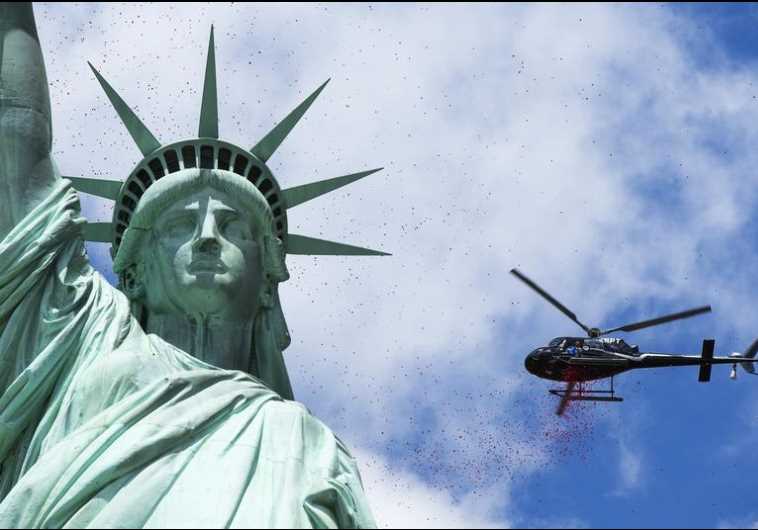Statue of Liberty inspired by an Arab woman, researchers say
Sculptor of iconic monument began designing the statue based on his previous design that began as a gigantic female fellah, or Arab peasant.
 A helicopter flies above the Statue of Liberty in New York HarborUpdated:
A helicopter flies above the Statue of Liberty in New York HarborUpdated: